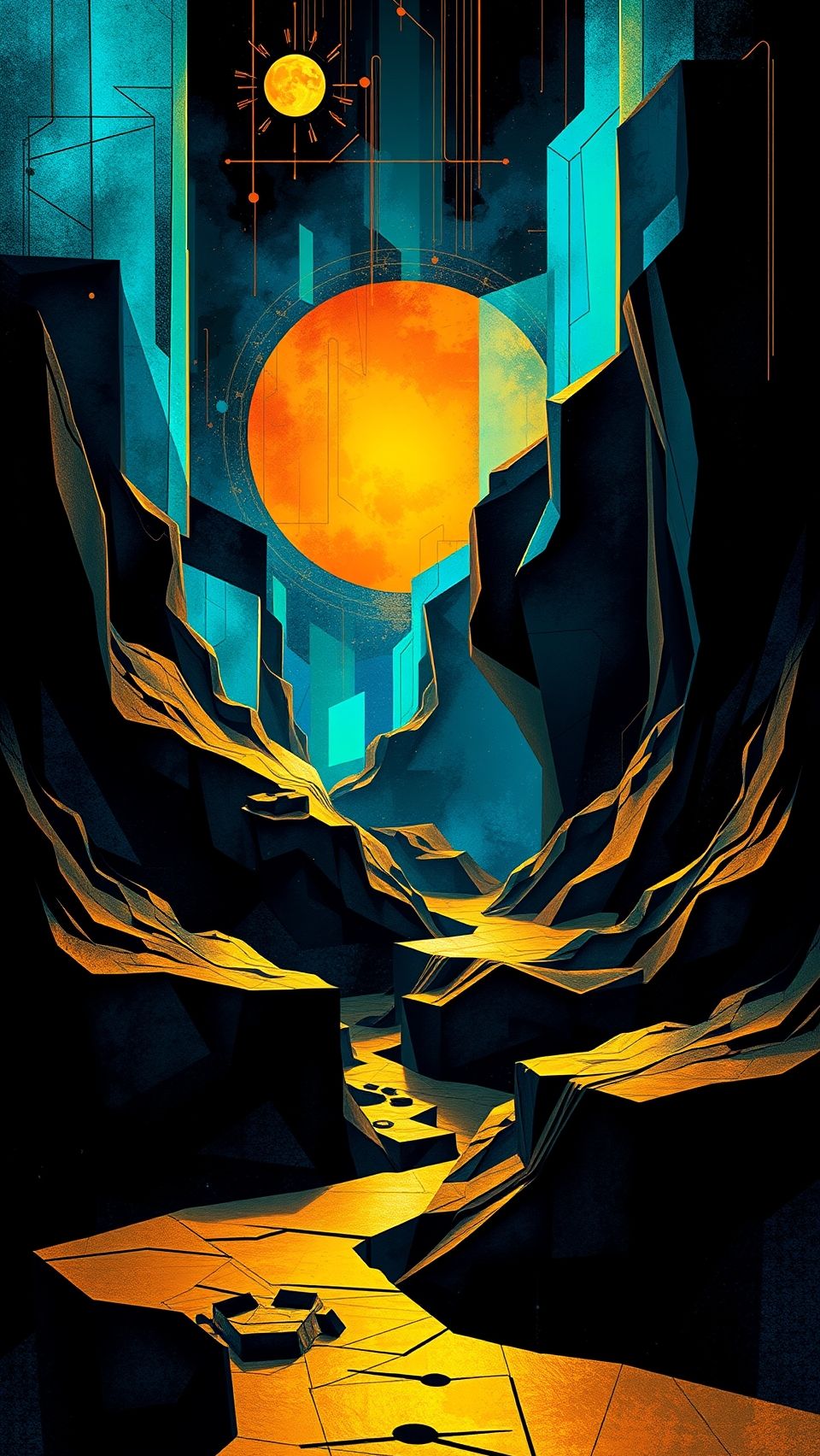20. February 2025
Ancient Biases Reborn: Ai Uncovers Hidden Tropes In Classic Novels

Researchers have leveraged artificial intelligences trained on novels from a particular decade to track the shift in racist and sexist biases over time. This innovative approach sheds light on cultural attitudes of bygone eras, offering a unique lens to analyze evolving social norms.
Analyzing bestselling books from the 1970s provides insight into societal prejudices of that decade. Novels serve as a window into the cultural zeitgeist, providing a snapshot of values and biases. LLMs absorb language and attitudes present in these texts, internalizing the prejudices of their time.
This phenomenon is widespread among AI models; studies on large language models demonstrate they learn to replicate biases found within training data. This raises questions about potential for AI to perpetuate social inequalities.
Employing novel literature from specific decades harnesses power of AI to track changes in societal attitudes over time. Analyzing how racist and sexist biases have evolved – or attempted to be addressed – provides a valuable resource for understanding human culture’s complexities.
Analysis of novels from the 1980s might reveal increased awareness around feminism and racial equality issues, while texts from the 1990s exhibit lingering biases yet to be fully dismantled.
As AI technology advances, acknowledging potential risks associated with these models is crucial. Researchers and developers can contribute to nuanced understanding of human culture by leveraging AI in this way, acknowledging both progress and ongoing struggles with bias and inequality.
This innovative approach offers unique opportunity for scholars to study evolution of social attitudes through history, providing valuable insights into complexities of human culture. By embracing method, new avenues for understanding and addressing deep-seated biases may be uncovered.